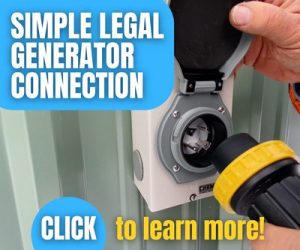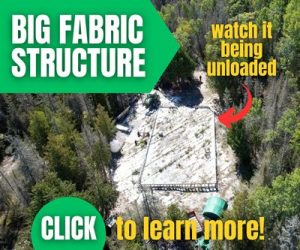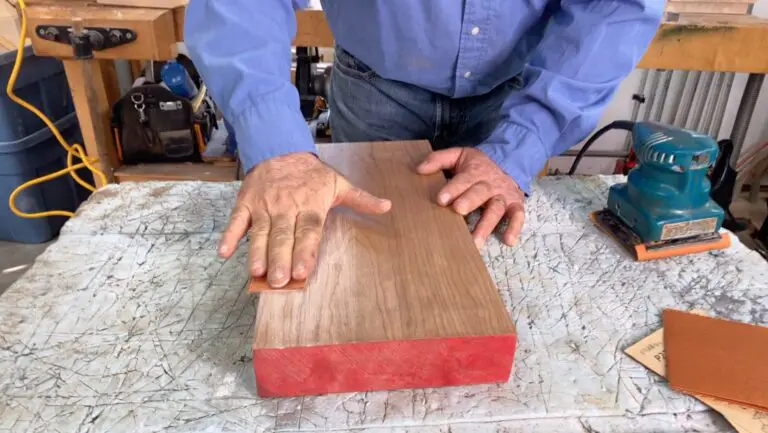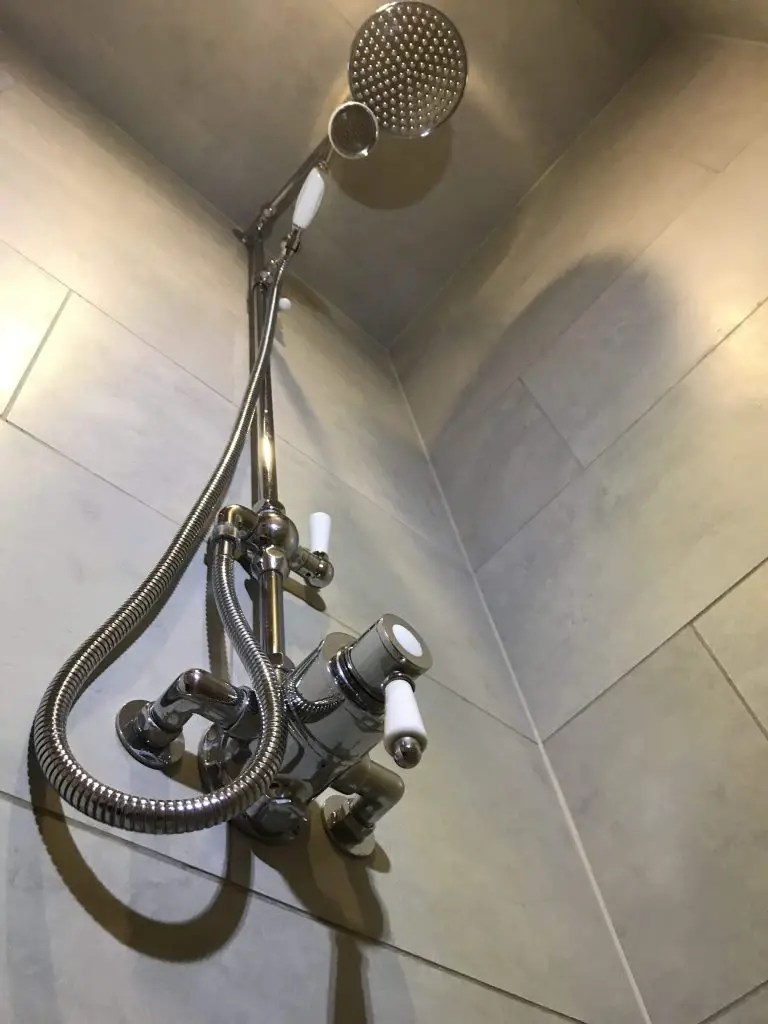
It’s not often that homeowners get something for nothing, but in a sense that’s the case with the latest models of air source heat pumps. In fact, they deliver two somethings for nothing, one for winter and one for summer.
Heat Pumps 101
Heat pumps have come along way over the last 20 years. They’re electric devices that move heat into and out of your home, rather than merely converting electrical energy to thermal energy, as with conventional heating options like baseboard heaters or an electric furnace. It sounds strange, but concentrating heat from the outdoor environment and moving that heat indoors is more efficient because of the refrigeration cycle that’s part of all heat pumps, rather than converting electricity directly to heat using a high resistance element. And the size of advantage here is surprising to most people.
More Heat Than You Pay For
Heat pumps deliver 2x to 3x the heating action compared with the electricity needed to do the same thing with baseboard heaters or an electric furnace. So if you spent $1000 to heat your home with electricity in the usual way, the same amount of heat coming from a heat pump would cost only $300 to $500. That’s a big advantage for people living beyond the reach of natural gas supplies, and though it seems too good to be true, it’s a fact. And while a heat pump will cost more than a full set of baseboard heaters to install, there’s one more thing that makes heat pumps worth considering.
Heat pumps are the only single item that can make your home both warmer in winter and cooler in summer. To be fair, the air conditioning action delivered by heat pumps is no more efficient than a regular air conditioner, but at least you can make use of your investment for most of the year instead of just during winter. According to the Clean Air Alliance, the savings from an air source heat pump pays for itself after 5.8 years in a typical cold-climate home.
Air Source Revolution
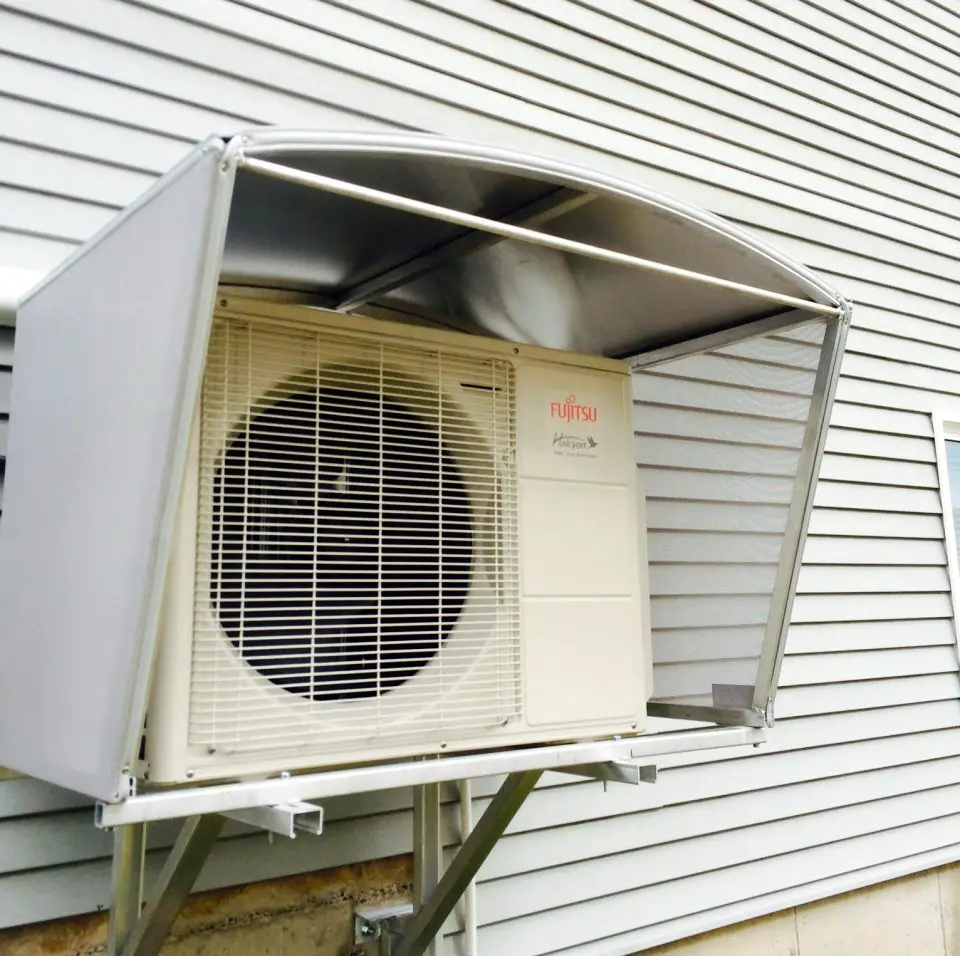
Once upon a time, all heat pumps required a complicated and expensive network of liquid-filled pipes buried in the ground or submerged in a lake or river, and this requirement made “ground source” heat pumps extremely expensive to install. These days, many heat pumps are made to work with ambient outdoor air only, and this has made the technology much less expensive while also requiring no large amounts of land or access to a body of water. Generically called “air source heat pumps” or “ductless mini-split heat pumps”, if it wasn’t for this major innovation far fewer people would own heat pump technology today.
So, how much will a heat pump cost to buy and install? That varies depending on the size and layout of your home. A company called FurnacePrices.ca offers the best online calculator I’ve seen for ballpark cost figures. Click here to get cost numbers. The process takes less than 5 minutes.
Single or Multi-Head?
There’s one more thing to keep in mind as you shop. The simplest air source heat pumps deliver heated or cooled air to one place only in your home. These are called single head heat pumps, but most homes require more varied distribution of conditioned air, and this is where multi-head heat pumps can help. The single compressor unit that sits outdoors is connected to 2, 3 or more wall-mounted heads with insulated lines, each one individually controllable for temperature.
Assessing Efficiency
Even if a ductless mini-split makes sense for you, it’s important to assess performance before choosing a model. Here in Canada the most important factor to consider is heating efficiency during cold weather. Some units can efficiently operate at lower outdoor temperatures than others, and that’s why you need to understand rating numbers. Where I live, in northern Ontario, some people with lower efficiency mini-splits need to supplement heat when temperatures get down below -10ºC. Other people I know have never needed supplemental heat, even when temperatures go down to -25ºC.
Heating efficiency of ductless mini-splits is measured with something called the Heating Seasonal Performance Factor (HSPF). An HSPF of 8 to 10 is standard and will probably need supplemental heat at maximum low outdoor temperatures. An HSPF of 10 to 13 is high efficiency and probably won’t need extra heat from another source. Since heating is more challenging in Canada than cooling, you’ll want to choose a unit with as high an HSPF as you can find.
Cooling efficiency is typically measured on the Seasonal Energy Efficiency Ratio (SEER). 14 to 16 is a minimum rating, with 20 to 30 considered high efficiency. As with most things in life, you want as high efficiency as possible, but you also need to consider the reputation of the brand you choose and the installer.
Air source heat pumps are a mature technology offered by HVAC manufacturers everywhere. This technology delivers a simple option that’s easy to live with, both when it gets too cold and also when it gets too hot.



